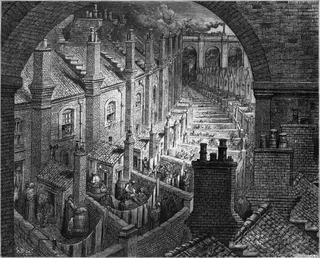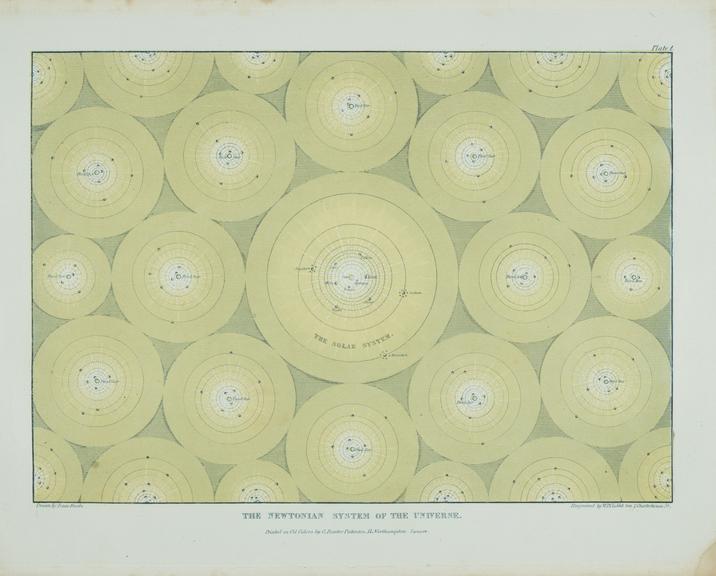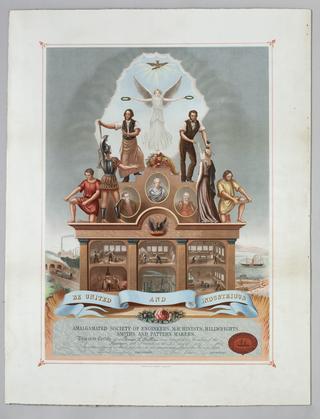
Plate 1, The Newtonian System of the Universe. From Baxter’s Prints of the Muggletonian Universe.
- maker:
- W.P. Clubb and Son, George Baxter and Isaac Frost

Plate 1 of Baxter’s Prints for Isaac Frost’s ‘The Two Systems of Astronomy’. Drawn by Isaac Frost, engraved by Clubb & Son 7 Charterhouse Street. System According to the Holy Scriptures. Printed in Oil Colors by G. Baxter, Patentee, 11 Northampton Square.
This plate shows 'The Newtonian System of the Universe' in pale yellow and green, with our solar system at the centre and further imagined solar systems proliferating out to fill the image. Title text below.
One of six colour prints in the Science Museum collection taken from eleven produced for Isaac Frost’s book 'The Two Systems of Astronomy', published in 1846 (SMG holds plates 1, 3, 6, 7, 9, and 10 of the series). Frost was a brass-founder from Clerkenwell and a prominent member of a small Protestant sect called the Muggletonians. Founded in the seventeenth century, the Muggletonians were not usually actively evangelical, so this publication and its images represent an unusual example of science outside the mainstream. This was the first Muggletonian book ever published and made available to readers outside of the sect.
Frost’s book presents the central Muggletonian belief, based on scripture, in a physical heaven and stationary earth, against which the Newtonian heliocentric universe and plurality of worlds were fundamentally opposed. The book’s structure and images were divided between these two opposed world systems. The plates thus represent the Newtonian universe full and endless, with no room for God and nothing special about humanity, compared to a Muggletonian universe with a physical heaven and space for God.
Frost’s publication and images have been seen as a concerted response to the prevalence of Newtonian astronomical lecturers in the nineteenth century and a significant artisan response to ‘science from above’. Frost himself also took to lecturing on the Muggletonian universe, seeking to warn his fellows that Newtonian science was not compatible with the scriptures and would lead to their damnation. These prints are likely based on Frost’s diagrams produced to illustrate his lectures.
As well as their unusual scientific content, the prints represent a unique print-making technique invented by the printer, George Baxter and patented in 1835. Frost chose to employ Baxter to make his book more visually compelling and impressive. Baxter’s was the first commercially successful method of colour printing, combining traditional ‘intaglio’ print engraving with up to twenty engraved wooden blocks each printed with a different colour. The method created cheap, good quality images that could be produced in large numbers, and was used by various printers until the 1870s. It was both laborious and complicated, however, and, combined with the rise of photography, ultimately resulted in Baxter’s financial ruin.




